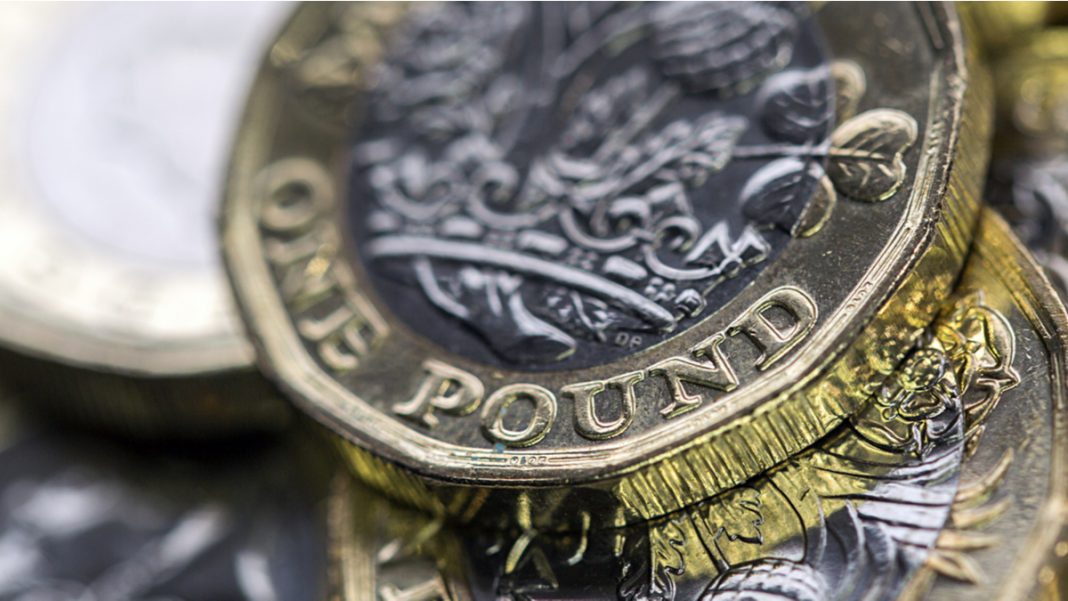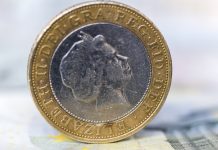Pound traders saw through the Brexit chaos at the beginning of the week. Sterling rose to a high of US$1.3013, before giving up some of those gains towards Monday’s close. The pair finished Monday’s session 0.5% higher. The pound is heading cautiously southwards versus the dollar in early trade on Tuesday.
The pound advanced across Monday amid further Brexit developments. Following events over the weekend, investors consider that a no deal Brexit is almost completely off the table. On Monday, House Speak John Bercow refused to allow the Prime Minister to hold a meaningful vote on his new Brexit deal. He said that it was the “same matter”, which, under Parliamentary rules means that it cannot be put forward for a second time.
Today, Parliament is set to debate and vote on Boris Johnson’s new Brexit agreement. If he wins then he is expected to fast track the legislation through the House of Commons and the House of Lords in an attempt to get the Brexit deal done by 31st October.
Reporters at the Financial Times believe that he just about has the numbers for a majority. Obviously, this won’t be plane sailing. The opposition party will attempt to bring a second referendum.
There is no high impacting UK economic data. Market participants could turn towards the CBR industrial trends survey. However, the exclusive driver of the pound right now is Brexit.
| Why is a “soft” Brexit better for sterling than a “hard” Brexit? |
| A soft Brexit implies anything less than UK’s complete withdrawal from the EU. For example, it could mean the UK retains some form of membership to the European Union single market in exchange for some free movement of people, i.e. immigration. This is considered more positive than a “hard” Brexit, which is a full severance from the EU. The reason “soft” is considered more pound-friendly is because the economic impact would be lower. If there is less negative impact on the economy, foreign investors will continue to invest in the UK. As investment requires local currency, this increased demand for the pound then boosts its value. |
Trade Headlines To Guide Dollar In Quiet Session
The dollar was broadly out of favour for much of the previous session, driven by concerns over the health of the US economy and by trade talk.
Increasing signs of weakness in the US economy have investors betting that the Federal Reserve could cut interest rates as soon this month. Following weak retail sales data and manufacturing production data last week, market participants are expecting a rate cut in October and potentially another before the end of the year.
| Why do interest rate cuts drag on a currency’s value? |
| Interest rates are key to understanding exchange rate movements. Those who have large sums of money to invest want the highest return on their investments. Lower interest rate environments tend to offer lower yields. So, if the interest rate or at least the interest rate expectation of a country is relatively lower compared to another, then foreign investors look to pull their capital out and invest elsewhere. Large corporations and investors sell out of local currency to invest elsewhere. More local currency is available as the demand of that currency declines, dragging the value lower. |
With no high impacting US data, trade headlines will continue to dominate. Optimism that the US and China could be close to a trade deal lifted risk appetite in the previous session. When investors seek riskier assets, they often sell out of the safe have dollar.
| What do these figures mean? |
| When measuring the value of a pair of currencies, one set equals 1 unit and the other shows the current equivalent. As the market moves, the amount will vary from minute to minute.
For example, it could be written: 1 GBP = 1.28934 USD Here, £1 is equivalent to approximately $1.29. This specifically measures the pound’s worth against the dollar. If the US dollar amount increases in this pairing, it’s positive for the pound. Or, if you were looking at it the other way around: 1 USD = 0.77786 GBP In this example, $1 is equivalent to approximately £0.78. This measures the US dollar’s worth versus the British pound. If the sterling number gets larger, it’s good news for the dollar. |







